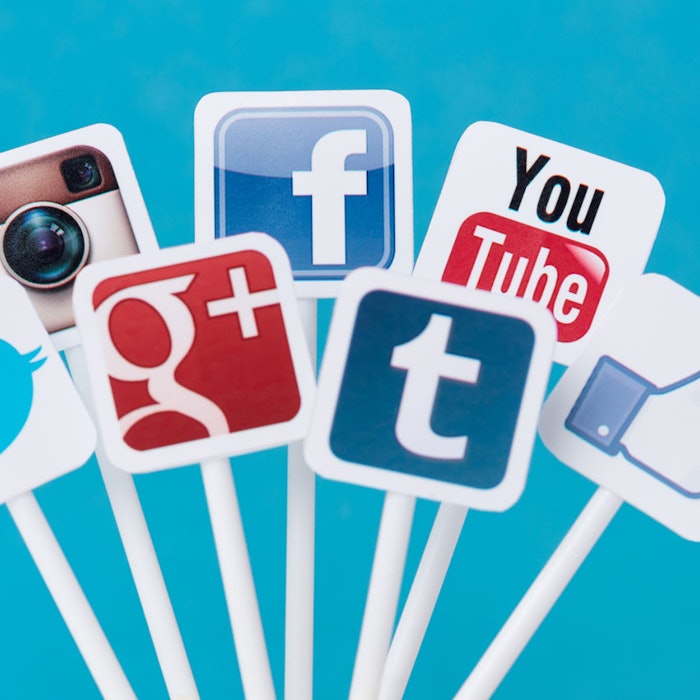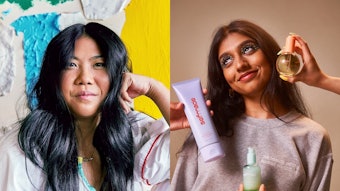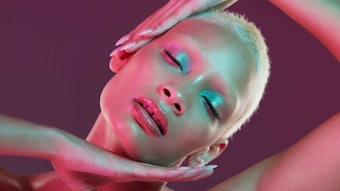
The Selena collection was co-developed by Selena’s sister and inspired by the contents of the late singer’s makeup bag. The launch of the collection took place in Selena’s home town of Corpus Christi, Texas, where some 15,000 consumers and a range of non-paid influencers gathered and generated massive amounts of free earned media online and in social channels. This is why social matters.
But how can brands track, assess and leverage trends in an increasingly rapid cycle? The rate at which these trends drop off has accelerated, making it difficult to judge which trends have staying power. Furthermore, there is a rising consumer demand for newness and variety, resulting in more brands and segmentation in beauty. This means innovators have less time to create, and brand executives look for more value from social media.
At the same time, marketers are faster to adopt emerging social media platforms and finding success on their own vertical media properties—especially augmented reality (AR). Whatever the next few years bring in terms of technological breakthroughs and unique media platforms, a faster, more fragmented beauty landscape is all but assured.










